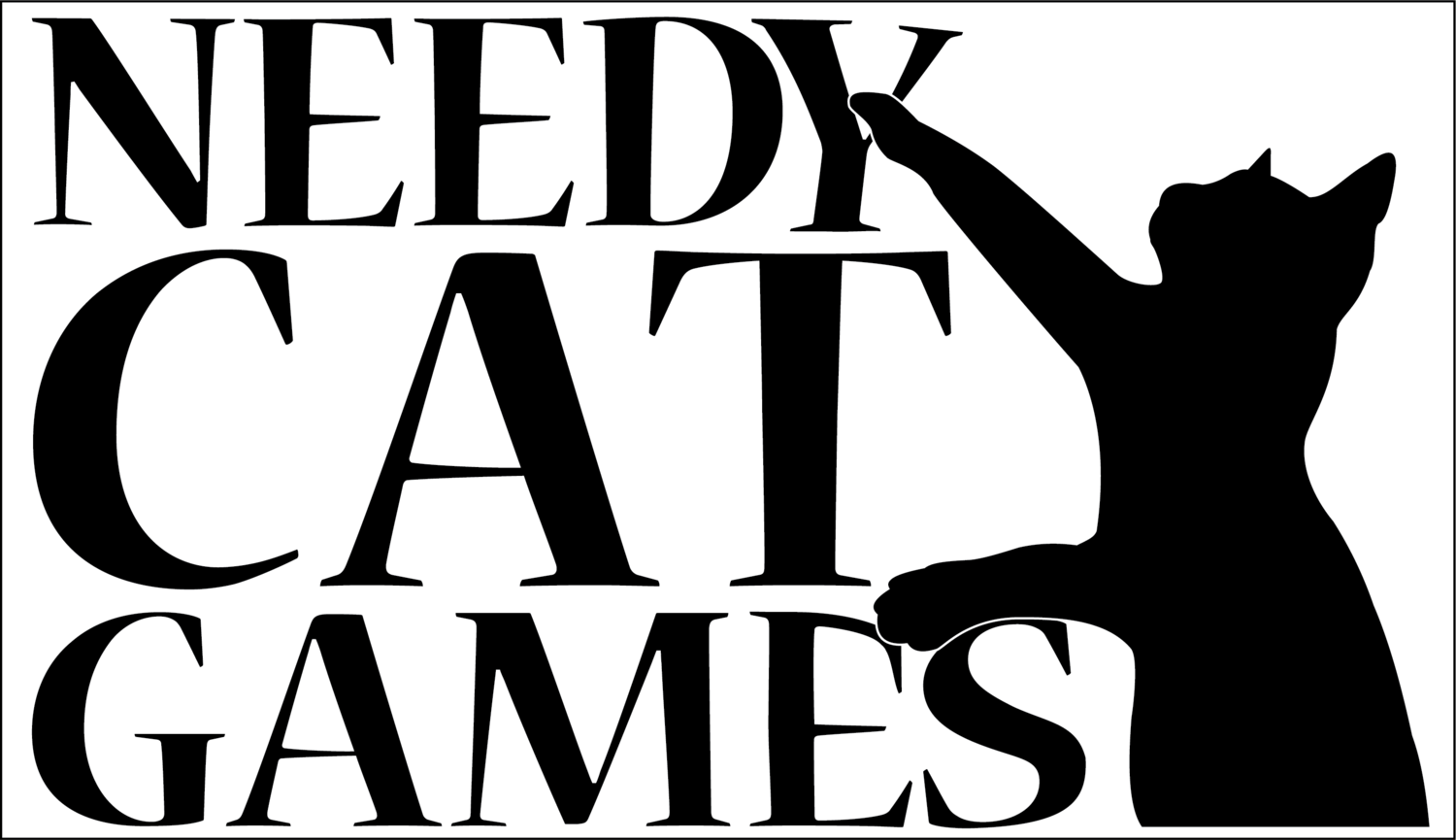Try not to let your ideas take over before you've checked with your client that you can fill in between the lines.
I have seen an artist take the tiniest speck of any idea and grow it into something that is frankly, amazing. But that's only a good thing if the client is happy for you to expand on upon their original vision. It is up to you to clarify any gaps in the brief are deliberate and intended for you as the artist to fill in with your own ideas and imagination OR is there something the client has forgotten to tell you OR do they want exactly what they asked for, pure and simple with no embellishment of any kind? It’s an occupational hazard, assuming you can colour outside the lines, which is why I chose to write a blog post about it.
Making art according to a brief can be a fantastic process of discovery – where you create something wonderful from the nugget of an idea. You will work with other creatives to develop and create new concepts that then help shape a world in which a game exists. However, if you do not have clarity about what you’re doing, why you’re doing it, when it’s supposed to be done by, what art style and quality they expect, how much you’re getting paid, when you’re getting paid, if you’ll need to do amends, what their process for approvals works etc – it can become extremely stressful, time-consuming and ultimately, costly. Let alone just not a very enjoyable process.
It is your responsibility to seek clarity at every stage.
If you don’t understand something, ask questions. If they don’t provide references, ask for them. If they don’t reply to your work in progress, ask if they received them. If they don’t define what style to do the art in, ask for examples. Do not trust a google search – get your information from the source. If they don’t provide it, check that the sources you’ve gathered are correct.
In this wonderful day and age, where you could be commissioned by a gaming company based in China or Mexico or Russia because of the glory of the internet and google translate – things so easily get lost in translation. If you need to, draw a circle around the bit you’re unsure of, with arrows. Explain in plain, clear English what information you need. Always get visual references. Don’t make stuff up unless expressly told to do so. Even then, check that what you’re doing is on track throughout the process.
I have seen amazing pieces of art be delayed again and again, where artists have had to redo the same tiny detail 20 times because they were not clear on what was required. Often, it is absolutely the fault of the original brief, but it will save you hours and hours of your time and heartache if you simply drill down until you are certain you know what you need to do. Never assume anything.
On the less-creative side of this, you should know the details of your contract. Know your timescales, how much you’re getting paid, how long it will take to get paid, how likely amends are after you’ve submitted and been paid, how many works in progress they expect to see. These are all things you need to know before you start working on a project. Sometimes, they won’t be able to give you an answer, but at least then you know the answer at that time is ‘we don’t know’.
There’s a hierarchy of communication, the closer you get to the top, the better the quality of information:
Skype is great if you're not able to meet face to face.
Talking face to face
Talking on Skype or on the phone
Email (with annotated pictures and references)
Text
You should always pursue the highest form of communication you can to get the clearest and most direct answers. But, take note – if you discuss something in person, or on the phone/ skype – follow it up with a confirmation email. It never hurts to have written confirmation of key points you discussed.
At the end of the day, your time is your livelihood. So be sure you’re using it in the most effective way possible.



